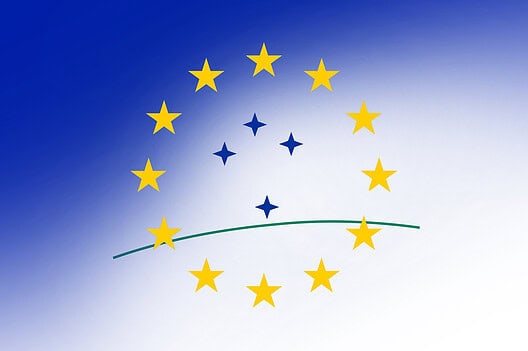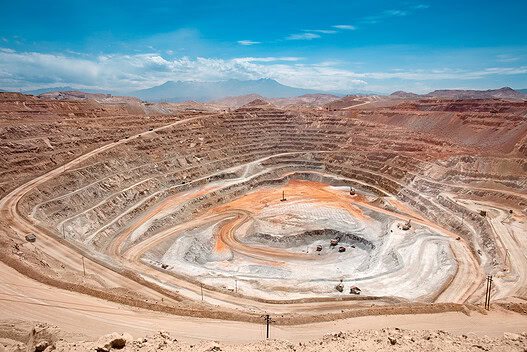Includes historical data for Argentina’s Gross Domestic Product growth, debt-to-GDP ratio and more, as well as information on trade, banking and financial sector leadership.
Runaway Inflation Overshadows Economic Strengths
Argentina’s economy is a mosaic of huge potentials overshadowed by formidable challenges. Despite its rich natural resources and highly literate population, this nation of about 47 million also has a history of deep economic crises marked by high fiscal deficits and inflation. Local and foreign investors are deterred by elevated tax burdens, rigid labor laws and heavy state involvement in the economy. Political instability, corruption and lack of judicial independence further discourage business initiatives.
Yet, Argentina also boasts unique strengths. These include a large domestic market, some of the world’s largest reserves of lithium and shale oil and gas, as well as abundant solar and wind energy resources. Additionally, its diverse workforce is more educated and skilled than the national average. Harnessing such abundant natural and human capital resources will remain contingent on Argentina’s ability to implement essential growth-driven policies, and to reduce its fiscal deficit and reliance on IMF financing.
Macroeconomy & Sovereign Data
| Type of Government | Presidential republic |
|---|---|
| Capital | Buenos Aires |
| Sovereign Ratings |
S&P: CCC Moody’s: Ca Fitch: CC |
| Total Population | 47.2 million |
| Median Age | 32.2 |
| Adult Per Capita Income (PPP) | 28,983.33 |
| Total GDP (2023) | 604.3 billion |
Argentina GDP & Economic Overview
Most Recent Content
Argentina
Banking & Finance
Trade & Investment
| Total Exports | USD 69.4 billion (2023) |
|---|---|
| Leading Exports |
Corn Soybean Products Delivery Trucks Wheat Beef Gold |
| Total Imports | USD 94.4 billion (2022) |
| Leading Imports |
Cars Refined Petroleum Vehicle Parts Natural Gas Soybeans |
| Source: | World Integrated Trade Solution |
Argentina Leading Companies
| Banco Macro | Financials |
|---|---|
| Banco Supervielle | FInancials |
| YPF (Yacimientos Petrolíferos Fiscales) | Energy, Oil & Gas Exploration & Production |
| Grupo Arcor | Consumer Staples, Packaged Foods & Meats |
| Tenaris | Materials, Construction & Engineering |
| Mercado Libre | Consumer Discretionary, Information Technology |
| Grupo Clarín | Communication Services, Media |
Major Trade Partners — Import
| China | 21% |
|---|---|
| Brazil | 20% |
| United States | 9% |
| Paraguay | 5% |
| Germany | 4% |
Major Trade Partners — Export
| Brazil | 15% |
|---|---|
| China | 8% |
| United States | 7% |
| India | 6% |
| Chile | 5% |
Global Finance Rankings & Awards
Data Sources:
UN World Population Prospects
World Inequality Report
S&P Global Ratings
Moody’s
Fitch Ratings
IMF Direction of Trade Statistics (DOTS)
UN Conference on Trade and Development (UNCTAD)
CIA The World Factbook
World Bank’s World Integrated Trade Solution
Forbes Global 2000







